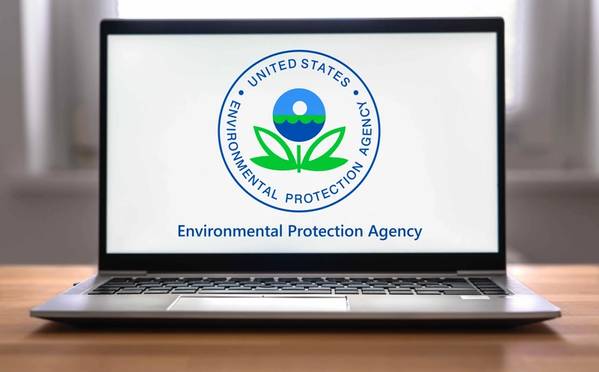U.S Environmental Protection Agency (EPA) issued the Clean Air Act (CAA) permit for the proposed offshore Texas GulfLink (TGL) deepwater port. The permit allows…

U.S Environmental Protection Agency (EPA) issued the Clean Air Act (CAA) permit for the proposed offshore Texas GulfLink (TGL) deepwater port. The permit allows a first-of-its-kind use of vapor capture and control technology mounted on an offshore support vessel at TGL’s proposed deepwater port about 30 miles southeast of Freeport, Texas.
The offshore deepwater port will be able to load very large crude carriers up to 85,000 barrels per hour, or 365 million barrels a year. The final permit will advance the innovative use of an offshore support vessel to control volatile organic compound emissions at a deepwater port. This is the first use of the technology alongside a very large crude oil carrier while it is being loaded and tethered to a single-point mooring buoy at a deepwater port. Similar technology has been used on shuttle tankers in the North Sea for over 20 years with over 96% emission-control efficiency.
The CAA permit, known as a combined synthetic minor New Source Review (NSR) preconstruction and title V operating permit, includes monitoring, recordkeeping, and reporting requirements such as semi-annual and annual compliance certifications
Content Original Link:
" target="_blank">



































































